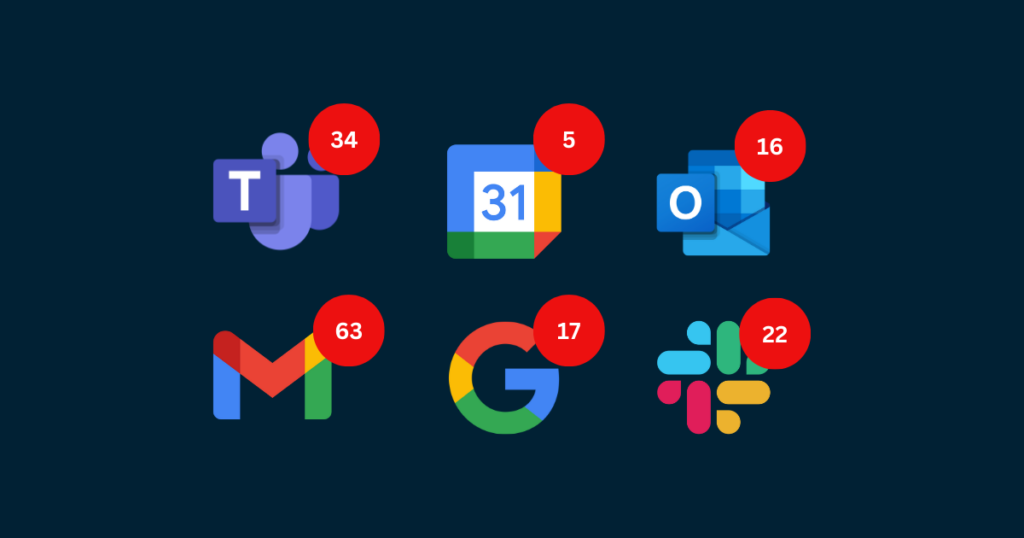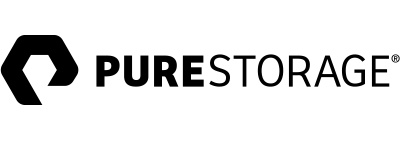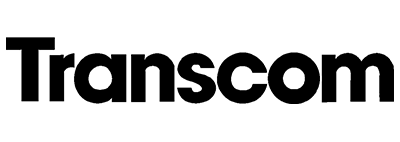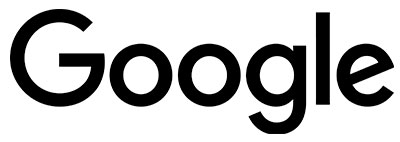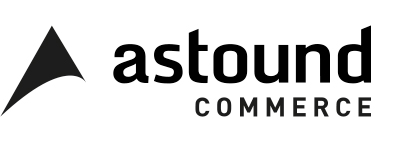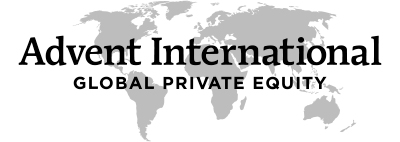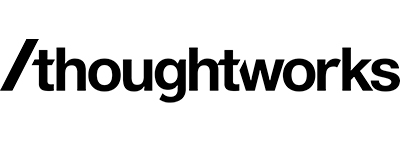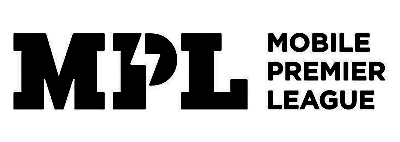From Teams to Docs to Email then Slack and back again, the digital workplace is wildly inefficienct.
When the pandemic hit, digital communication and collaboration tools became critical for businesses. Every day, employees would set up at their kitchen tables, bedroom side tables or home offices and choruses of “You’re on mute!” could be heard across the world.
It is reported that Zoom has nearly tripled its market share since 2019. And WIRED shared the number of Slack users jumped by 2 million in just 2 weeks between March 10 and March 25 2020.
As Covid-19 wore on, concerns about burnout and the ‘Great Resignation’ combined with a growing digital-first attitude to work, led companies to add well-being and reward programs to their digital communication and collaboration investments.
As well as this, employees brought in their own favourite tools, on a mission to find their own remote working utopia.
The rise of the digital workplace was unstoppable. Before we knew it, flitting from Zoom to Docs to Email then Slack and back again became a working normality.
But switching between multiple tools to get stuff done wastes time, and drains efficiency and engagement. Today’s workforce is swamped by an ever-growing array of digital workplace tools that aren’t delivering on their promises. They make the workday a notification-stuffed distraction slog.
What’s the business and employee impact?
According to Okta, companies deployed 89 new apps on average in 2021, compared to 58 in 2015. At larger companies, that figure is now almost 200.
This explosion in digital workplace tools is neither inherently all good nor all bad.
But what’s essential is that this willingness to deploy new digital workplace tools must be balanced with an acknowledgement of the very real — and not always positive — impact that these tools often have.
According to WalkMe, close to 1 in 3 digital workplace tools are duplicative or add no value. This problem is further proved by software developer, Freshworks, saying that more than half of IT professionals polled say they pay for SaaS tooling that their IT teams never use.
This duplication is not only a huge waste of money — imagine the licensing cost that is being sunk into tools that nobody sees value in — it’s also a huge waste of time.
A recent study of 20 teams across three big employers found that workers flipped between different tools and websites 1200 times every day. That’s just under four hours a week. Or five weeks a year.
Bloomberg writes that the researchers dubbed this as the “toggling tax,” but it’s better known as context switching. Context switching is a hugely inefficient habit that eats into focus time, reduces employees’ ability to actually get stuff done and, over time, increases stress and drives burnout.

